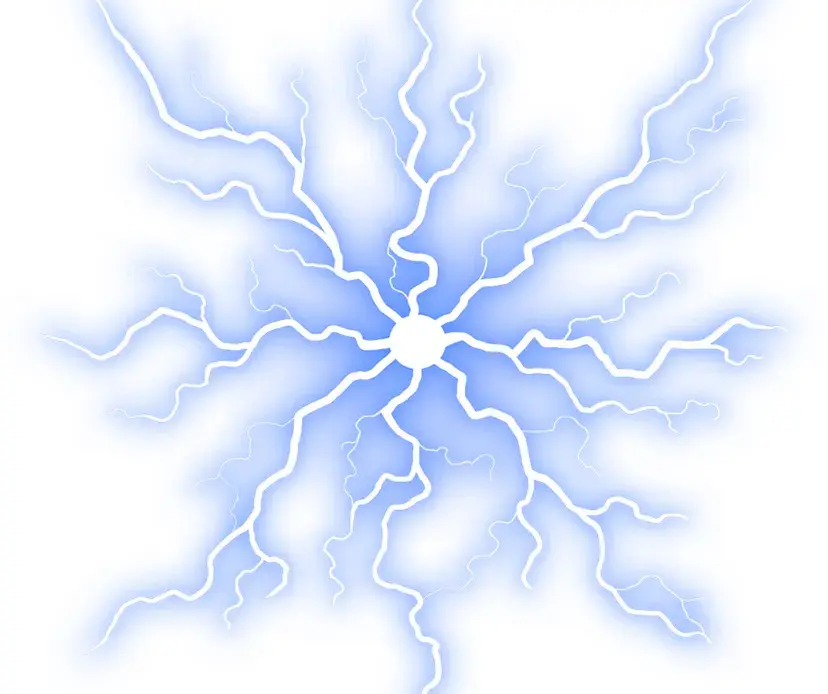Mythbusters Part 1: The Science Behind Lightning
- Agastya International Foundation
- Jan 15
- 2 min read
Updated: Jan 28
Lightning can strike twice in the same place! Here’s the science behind why.

What is lightning?
Lightning is essentially electricity moving from one place to another. It is simple chemistry. When storms occur, clouds develop a negative charge or have more electrons than protons. This is because water and ice molecules keep rubbing against each other.
The negative charge wants to equalise itself to arrive at a neutral charge. The neutral ground helps it do so. Because when the number of electrons gets really high in the clouds, they are attracted to the positive charge in the ground. Hence, they make the jump in the form of lightning.
Why it can strike in the same place twice
There is an old saying that lightning can never strike in the same place twice, used as a metaphor for bad things only happening once to anybody. But scientifically speaking, lightning does occur at the same spot multiple times and can strike twice.
Firstly, during a lightning strike, there are multiple bolts of electricity. So, there are already numerous lightning strokes in the same place at one event.
This does not guarantee that another such event won’t reoccur. Research indicates that negative charges in the clouds are not dispensed in one go. They break from one main channel into needle-like structures. These structures can keep delivering electricity till they contain a negative charge. This means the same channel can be used to send more lightning to the ground.

The probability of this cannot be calculated; it can be one day, a year, or a decade before the same place receives another event of lightning. For instance, the Empire State Building in the USA was hit by lightning around fifty times between 2015 and 2020.
How to create lightning at home
The chemistry behind lightning can be recreated safely at home. All one needs is a balloon. Rub the balloon against your hair. This creates a negative charge in the balloon, like in the clouds. Now rub the balloon against something metal. The spark created is lightning on a really small scale. You can even use sweaters to rub against the balloon. There are many more such ways of creating static electricity, which is the cause of lightning.
You or your child can find more such interesting do-at-home experiments on Agastya’s self-learning website MyAgastya.education or our digital learning mobile app, We-Learn. These are Agastya initiatives that inculcate curiosity, creativity and confidence in children through simple explanations and experiments that support their school learning.

